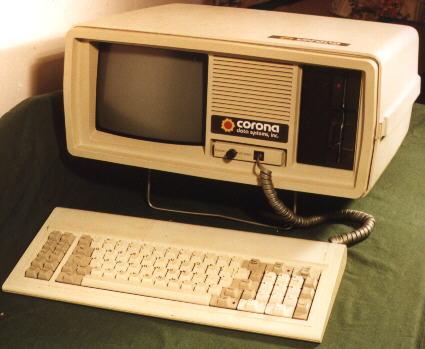A Buyer’s Guide to Home Theatre Projectors
 The popularity rating of projectors has seen tremendous increase in the recent past owing to their varied uses and enormous advancement in technology. While home theater projectors are used by television viewers and movie buffs, multimedia projectors are utilized to interact with audience in a better way during office meetings and presentations.
The popularity rating of projectors has seen tremendous increase in the recent past owing to their varied uses and enormous advancement in technology. While home theater projectors are used by television viewers and movie buffs, multimedia projectors are utilized to interact with audience in a better way during office meetings and presentations.
Diverse uses
Whether you are looking to put up a projector in your living room for an enjoyable home theatre experience or take it with you to a conference, a projector can serve plenty of purposes.
Watch movies and television programs: A home theatre projector can be conveniently connected to a DVD player or set top box to watch movies or your favorite television programs on a gigantic screen. It will really make the pictures come alive and leave you craving for more.
At meetings and conferences: A multimedia projector is just what you need to better interact with your audience in a meeting. The multimedia projector can be connected to a laptop and used to display pictures, lectures or PowerPoint presentations on a huge screen for a large number of people.
Multimedia projectors are smaller in size compared to a home theatre projector, which makes it easy to transfer these from one place to the other.
Projection Technologies
Most of the commonly available projectors are based on either the LCD (liquid crystal display) or DLP (digital light processing) technologies.
LCD projectors: Liquid crystal display technology based or LCD projectors have tiny LCD panels, which create bright and sharp images. LCD projectors are ideal for giving presentations in low light conditions.
DLP projectors: The DLP projectors weight a lot less than the LCD projectors as they use a single chip. The smooth video and high contrast ratio offered by DLP projectors make these perfect for use in a home theatre projector system.
Other home theatre specifications
Projector resolution: The number of pixels produced by a projector is known as its resolution. The resolution is expressed in two numbers i.e. 800X600 or 1024X768, where the first number is the horizontal pixel count while the second number connotes vertical pixels. A higher pixel count means sharper picture.
Projector lumens: The brightness, which is measured in American National Standards Institute or ANSI lumens, indicates how bright the projected images will be in a room filled with light. The more the lumen count, the brighter will be the images and the better you would be able to see it in a well lit room.
Projector contrast ratio: The projector contrast ratio indicates the difference between the darkest and brightest areas of the picture. A projector with a higher contrast ration will produce better shadow detail.
Projector weight: The projector weight, which generally ranges between 7 and 20 pounds, assumes all the more significance if the projector is being used outside home. Go for a lighter machine if you intend to move your projector from one place to another frequently.